The adoption of augmented reality (AR) with Remote Assistance (RA) enhances a remote collaboration experience. This solution is versatile and applicable for various industries, including manufacturing, healthcare and construction. This solution also contributes to achieving sustainable goals, such as:
- Remote inspections and maintenance: Experts can visually inspect and interact with faulty equipment remotely to reduce the need for onsite visits and ensure maintenance tasks are performed effectively and efficiently. This minimizes carbon emissions associated with commuting or flying to onsite locations.
- Enhanced user experience: Clients receive real-time guidance for troubleshooting, which leads to faster issue resolution and higher satisfaction. This improves customer experience and contributes to sustainability goals by maximizing operational efficiency and reducing waste generation.
- Improved safety: RA utilizes hands-free devices, like smart glasses and HoloLens. From a safety perspective, it allows workers to receive paperless documentation and guidance without diverting their attention in the field. This helps minimize paper usage and promotes an eco-friendly approach.
- Global collaboration: Technology allows organizations to tap into the global pool of remote experts to provide support and guidance collaboratively. This solution helps organizations fill the worker skill gap. Non-technical staff also can perform technical tasks with the help of experts. This helps reduce unnecessary resource consumption and effectively use energy.
To adopt any technology, there are cost implications that need to be considered, including:
- Hardware and devices: Implementing RA requires special devices, like HoloLens and mobiles. There is a significant cost for different devices.
- Software requirements: Most off-the-shelf RA comes with basic functionality in terms of calling features and communication capabilities, but if a client requires integration with any other system, such as CMS and ITSM, then there is an associated development cost.
For example, one of our clients requires an end-to-end workflow in terms of integration with a ticketing system, like ServiceNow with RA solution. A call has to be initiated from a ServiceNow ticket and the resolution stored within ServiceNow.
Training people on devices and applications requires training programs and experts who can provide training.
Return on Investment (ROI)
ROI on AR Remote Assistance can be calculated in multiple ways for companies to save potential expenses.
- Improve First Time Fix Rate (FTFR): Using AR Remote Assist, the FRR helps improve customer satisfaction. Reduce the repair and resolution time. This extends equipment lifespan and resource utilization goals associated with sustainability.
- Reduce downtime: AR Remote Assistance increases uptime of critical processes or operations with quick resolution and improves sustainability goals through efficient utilization of resources with less energy consumption.
- Save significantly on travel expenses: Reduce travel costs, including transportation and accommodations. Maximum time resolution is remotely delivered, and the impact on the environment associated with travel is minimized.
- Fill worker skill gap: Industries are facing challenges in skill gaps due to experienced experts retiring that understand critical operations and processes. Experts are also unavailable due to being geographically dispersed and in different time zones. RA can help fill this gap.
- Paperless operations: ROI is reflected in cost savings associated with paper and printing that reduce the sustainability impact in paper consumption and eco-friendly document processes.
Time differences in resolving incidents recorded in a client environment before and after implementing the RA solution were reported in a data center environment. There is a 99.5% time-saving in incident resolution, which impacts overall productivity, improved efficiency, increased uptime and sustainability.
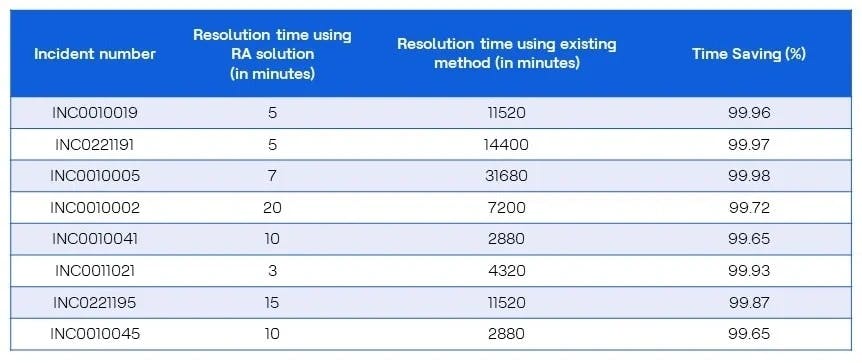
Table 1: Time difference in incident resolution with and without remote assistance solution
HCLTech-enabled RA solution overview
Field users have an AR-enabled device (SmartGlass or mobile) that can establish an AR call with the remote users (experts) with an ITSM tool to get technical assistance onsite. The remote users can visualize the real condition of the environment and guide the field users by providing instructions and live annotations on the live feed. Remote users can also share supporting files (PDFs, videos, images, etc.) The following diagram represents the RA solution.
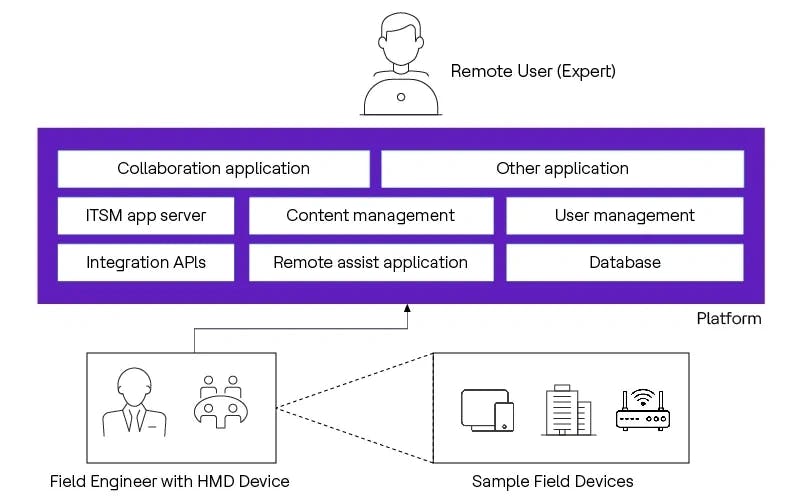
Image 1: HCLTech Remote Assistance solution
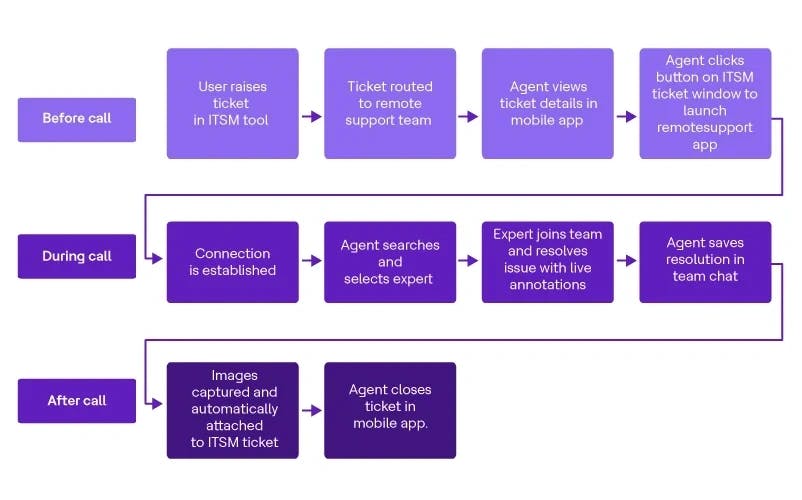
Image 2: HCLTech RA solution workflow
Best Practices to implement AR with RA
- All required AR field devices (HMTs and mobiles) and respective licenses (ITSM Tool, RA, collaboration applications - Microsoft Teams and OneDrive) should be in the client specific domain (e.g., xyz.com).
- Dedicated network bandwidth (normal call 300-500KBPS) required, and if you are utilizing high-definition (HD) images and videos during call, then up to 1MPBS network bandwidth is required.
- While setting up licenses and respective user accounts, enable file sharing and storage permissions.
- From a security perspective, physical access for the RA integration team to the client enivironmentis essential to avoid any delays in approvals.
- Clients should take HCLTech-provided support services to resolve any technical issues, such as device glitches and firmware and software upgrades.
HCLTech’s role in enabling AR with RA
HCLTech has a vital role in implementing AR with RA for organizations with existing systems and workflows. We bring expertise in technology integration, customization and project management capabilities to achieve organizational goals.
- Consultation and assessment: Conduct thorough analysis of the requirements, understand current processes and challenges and identify where RA can help organizations address specific requirements.
- Technology evaluation and integration plan: Identify best fit AR with RA solution to define interfaces that integrate other organizational systems and workflows, such as CRM, ITSM, etc.
- Procurement, setup and configuration: To enable a solution, organizations require smart glasses, such as HoloLens and RealWear. HCLTech can get the devices on behalf of clients, enable the devices on Master Data Management (MDM) and configure users. HCLTech is a reseller for HoloLens and RealWear devices.
- Software customization and development: Develop the required module that interfaces with AR and RA as well as other systems and interfaces in an agile manner.
- Collaboration with vendors: Manage both hardware and software vendors, licenses and troubleshoot issues. HCLTech has a comprehensive support model — Device as a Service (DaaS) — that manages and provides support in different geographies. The following is a DaaS offering:
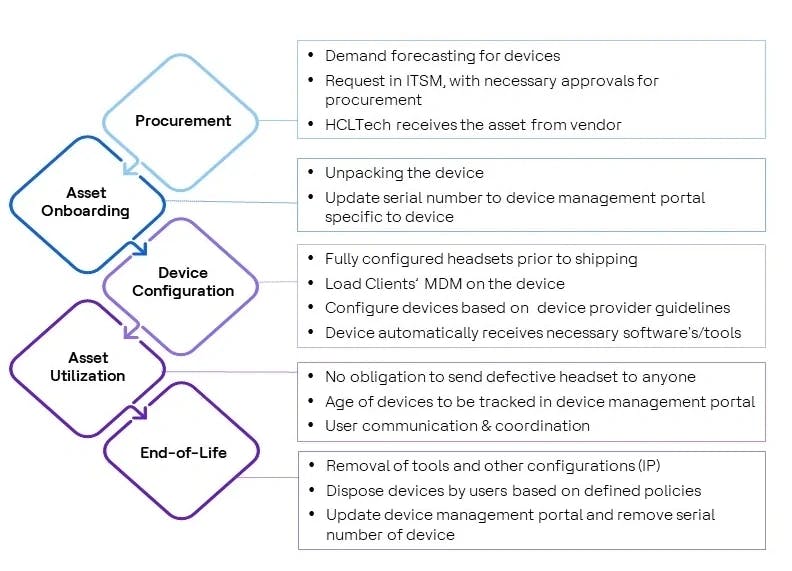
Image 3: HCLTech Device as a Service workflow
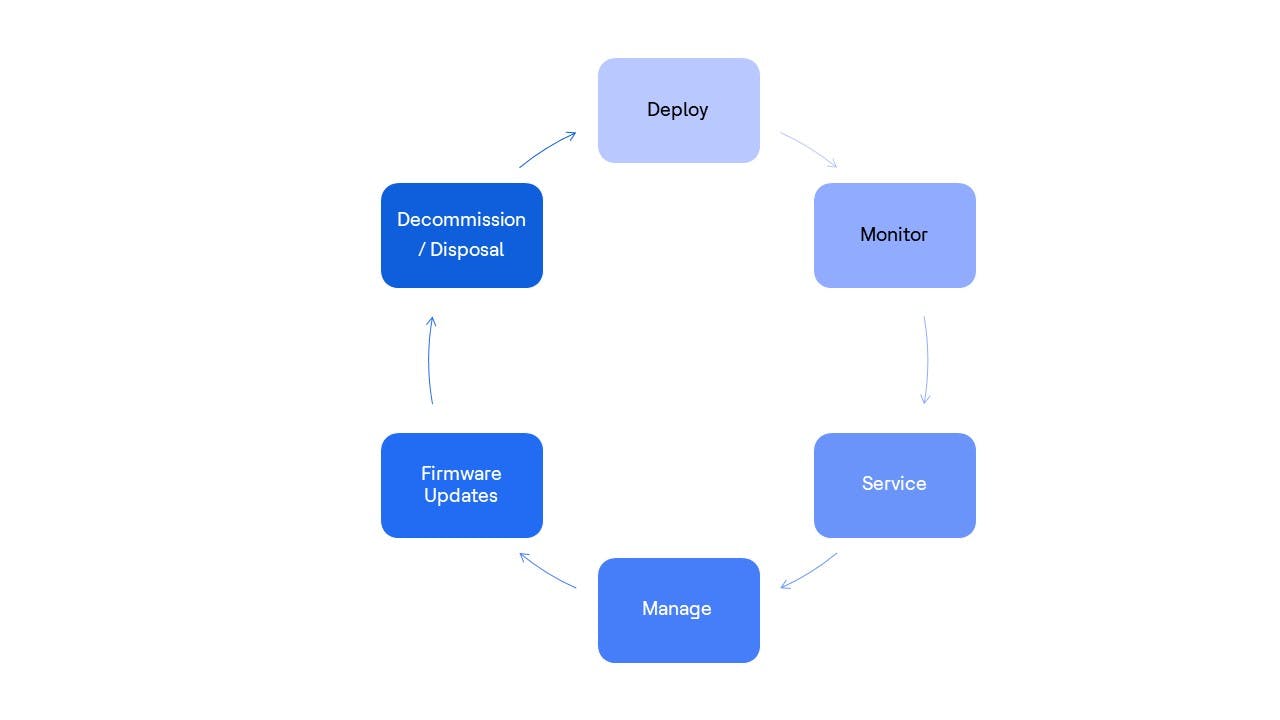
Image 4: Typical Device as a Service lifecycle



